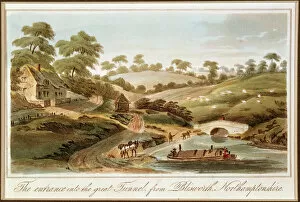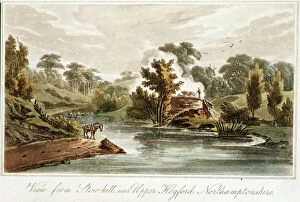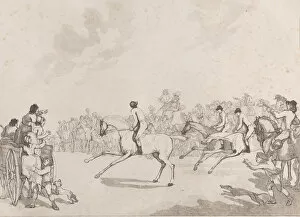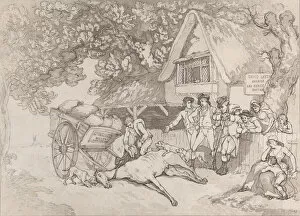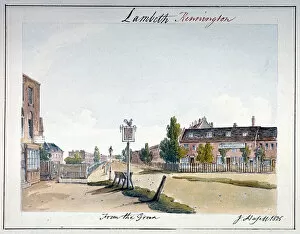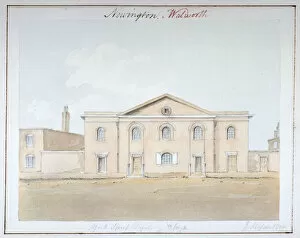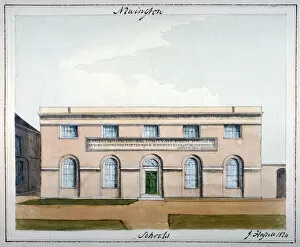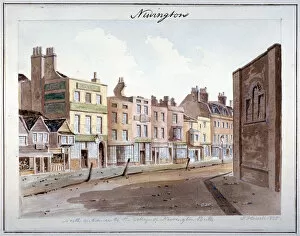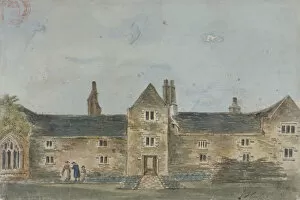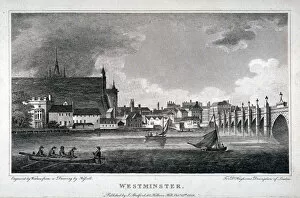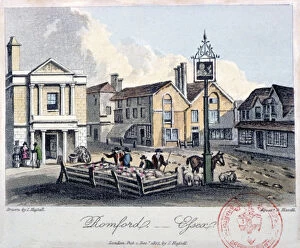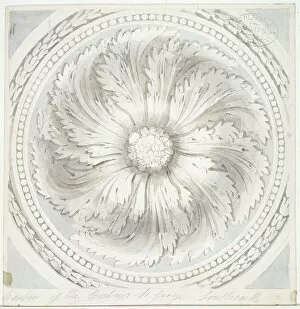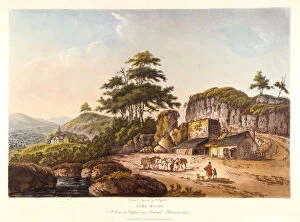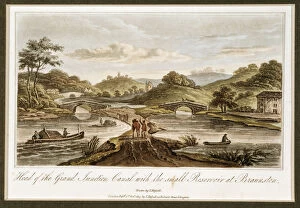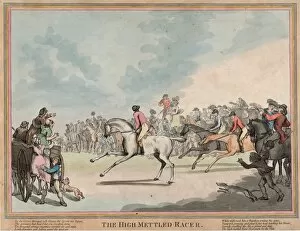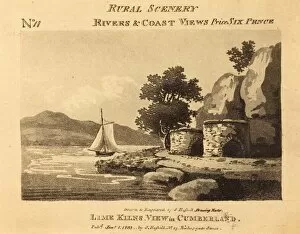John Hassell Collection
John Hassell was a talented artist known for his detailed and captivating works
For sale as Licensed Images
Choose your image, Select your licence and Download the media
John Hassell was a talented artist known for his detailed and captivating works. In 1819, he beautifully captured the Entrance to Blisworth Tunnel on the Grand Junction Canal in Northamptonshire. The painting transports viewers to this serene location, showcasing the canal's peacefulness and natural beauty. Continuing his exploration of the Grand Junction Canal, Hassell also depicted a scene from Stow Hill near Upper Heyford in Northamptonshire. This artwork showcases the canal's meandering path through picturesque countryside, highlighting its importance as a transportation route during that time. Hassell's artistic talents extended beyond landscapes; he also delved into depicting various aspects of life. In July 1789, he created "The Hunter" as part of "The Life of a Racehorse" series. This piece captures the grace and power of these magnificent animals, immersing viewers in the thrilling world of horse racing. "The Post Horse, " another artwork from "The Life of a Racehorse, " portrays an essential figure in transportation history—the trusty post horse. Through this painting, Hassell pays homage to these hardworking creatures who played a vital role in delivering mail across vast distances. In yet another installment from "The Life of a Racehorse, " Hassell presents "The Race Horse. " This piece encapsulates the excitement and intensity surrounding horse racing events—a true testament to his ability to capture movement and emotion with his brushstrokes. Shifting gears once again, Hassell turns his attention towards everyday life with "The Cart Horse. " Depicting this sturdy workhorse pulling heavy loads exemplifies both their strength and resilience—an ode to those often overlooked but crucial contributors to society. Moving away from rural scenes, Hassell brings us into bustling city life with his depiction of Kennington in Lambeth, London (1825). With meticulous detail, he portrays buildings lining busy streets filled with people going about their daily routines—a snapshot of urban existence in the early 19th century.

